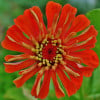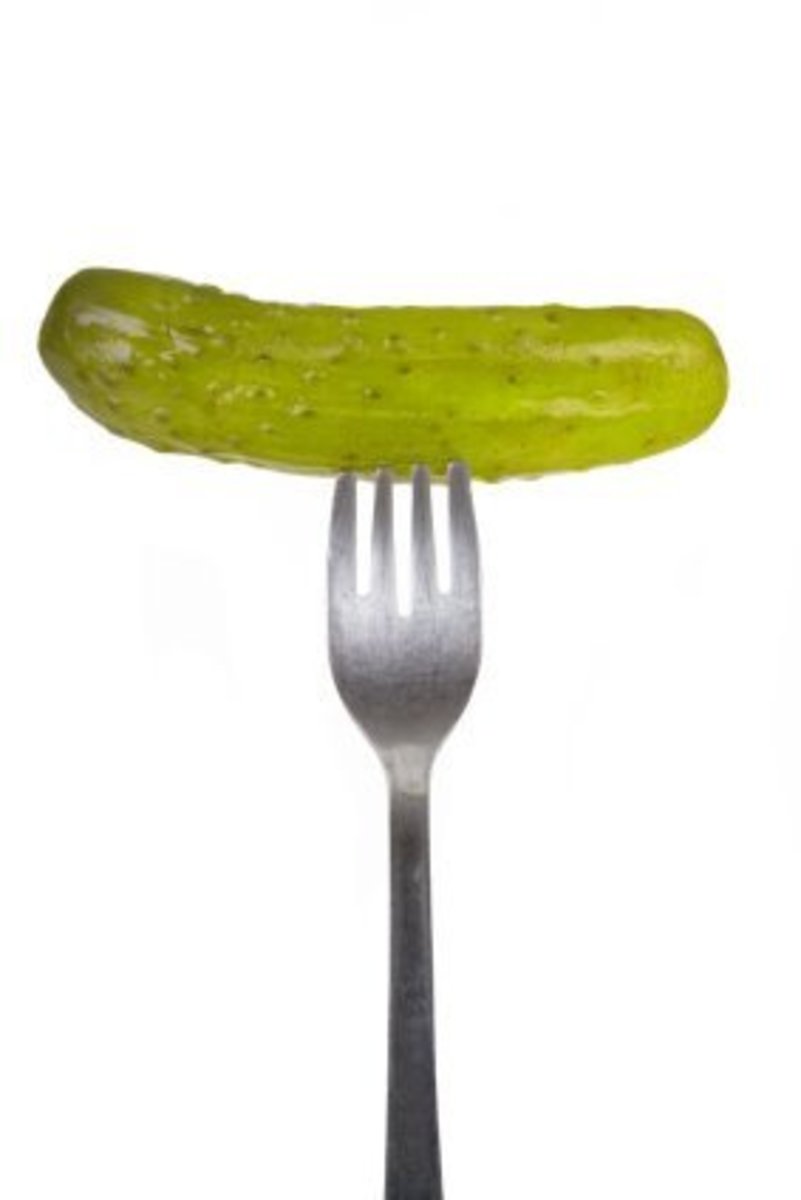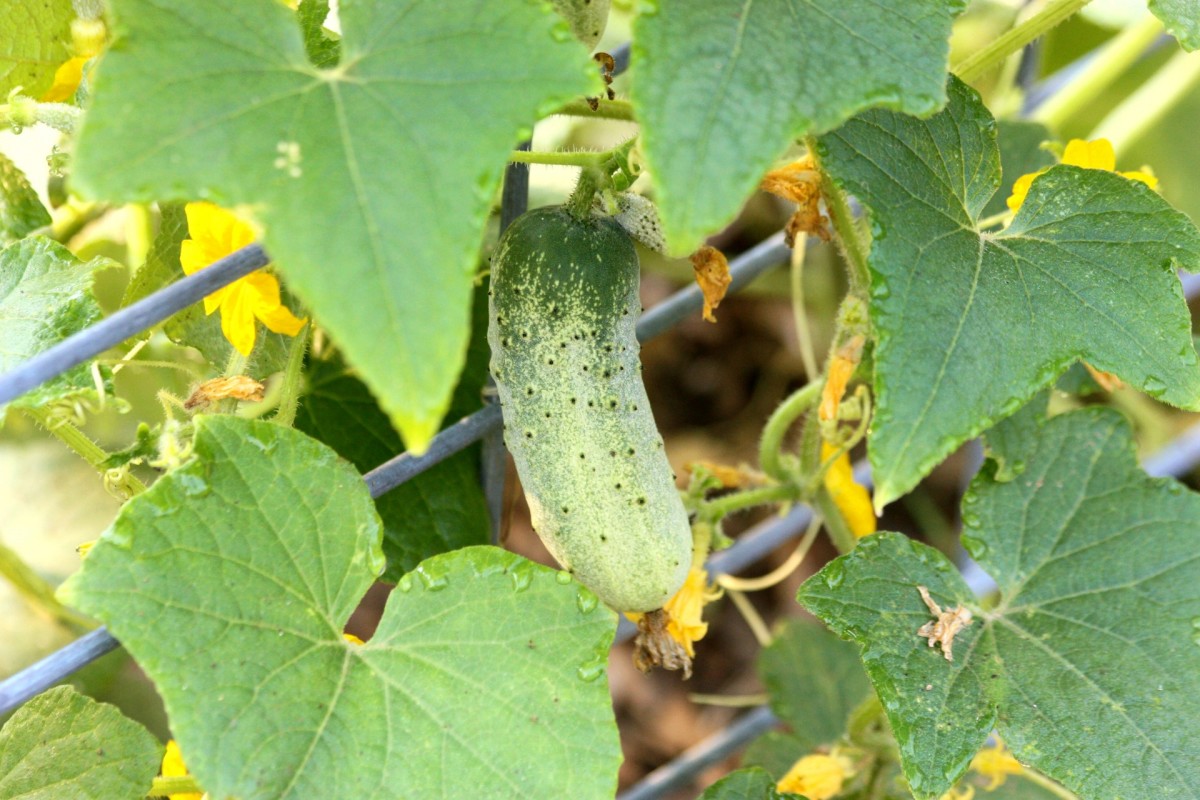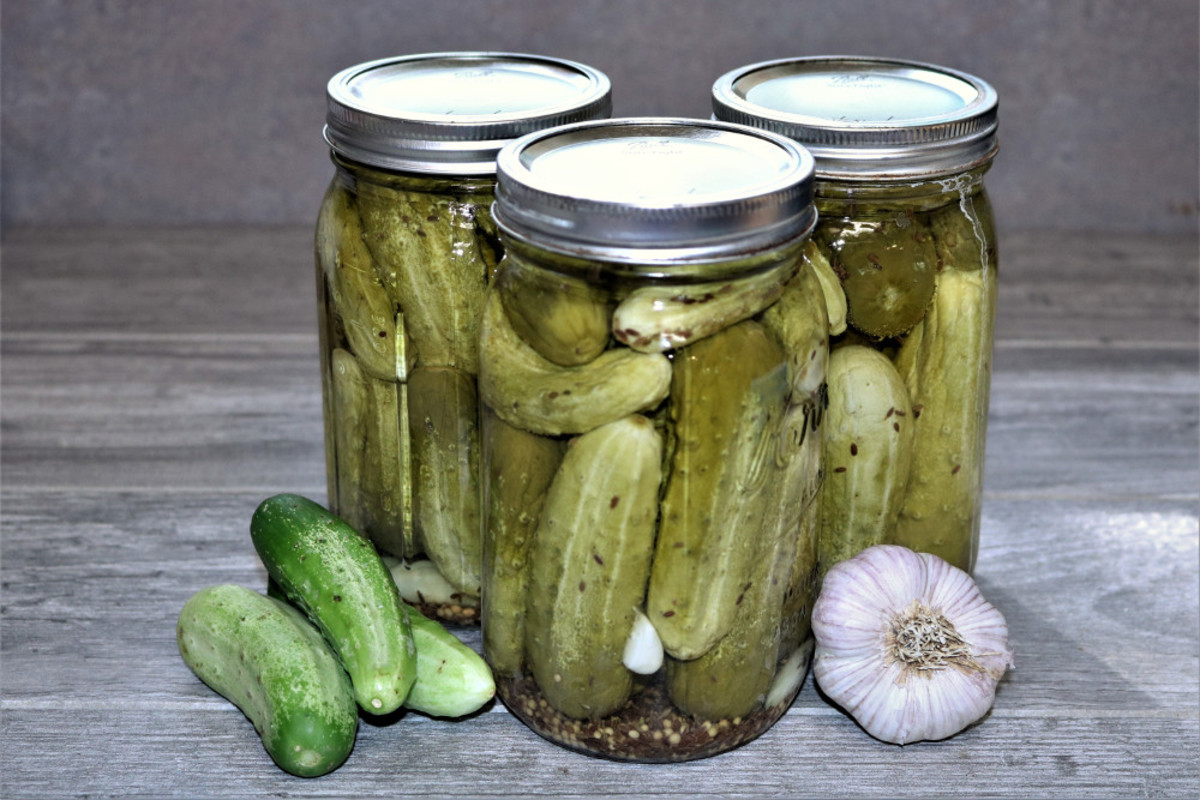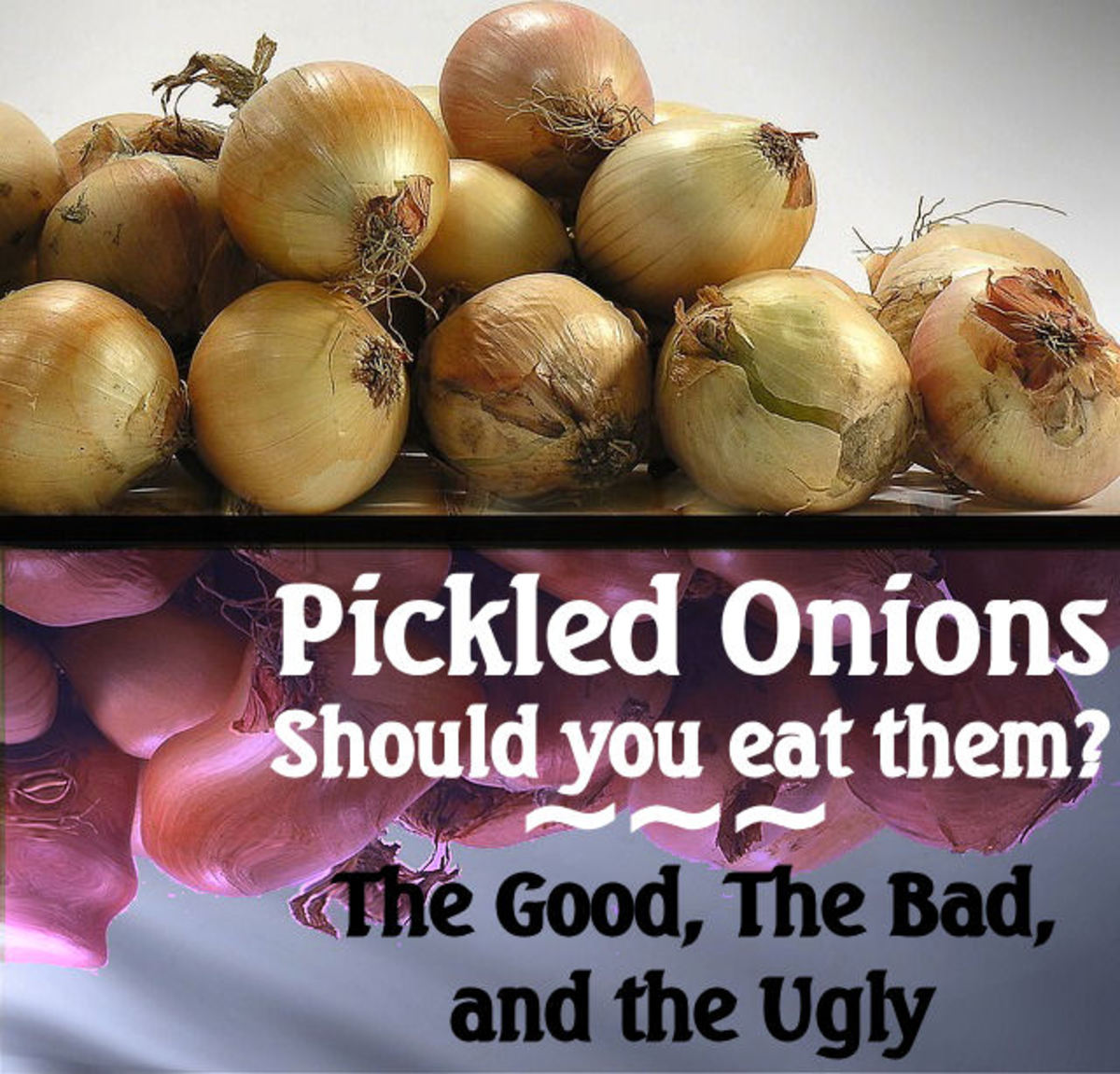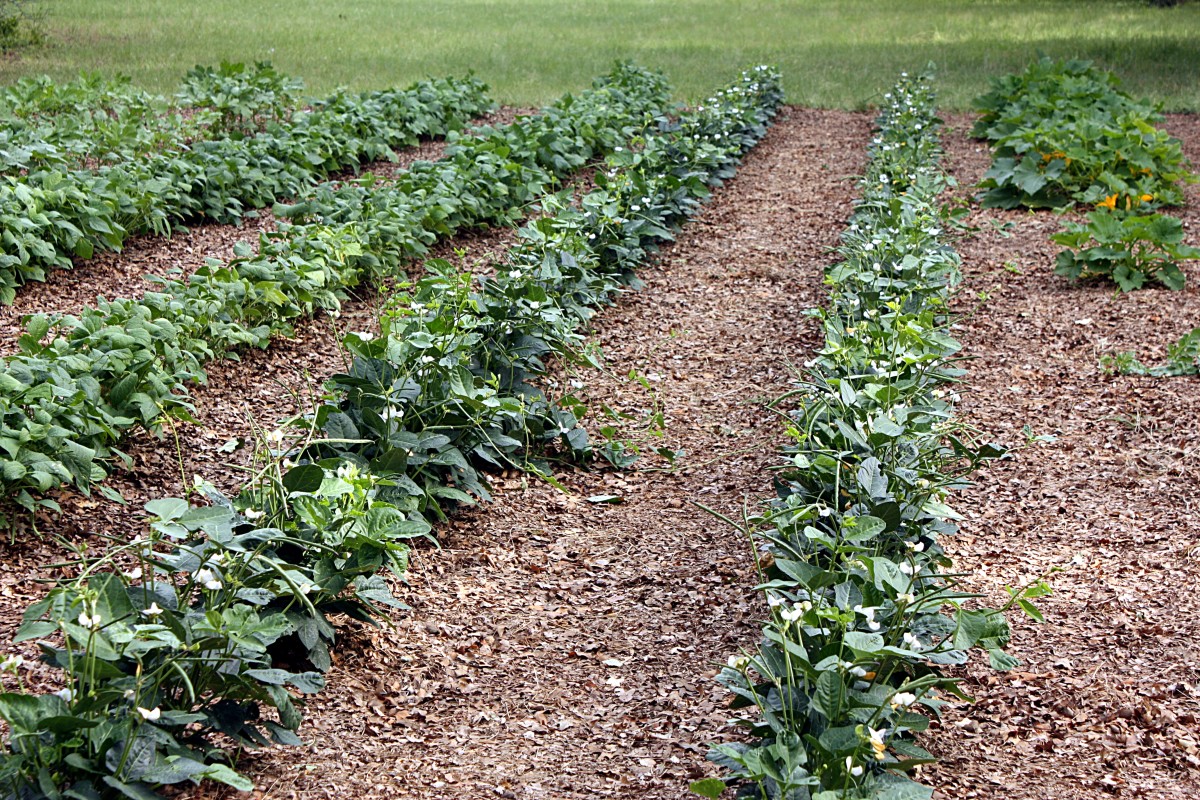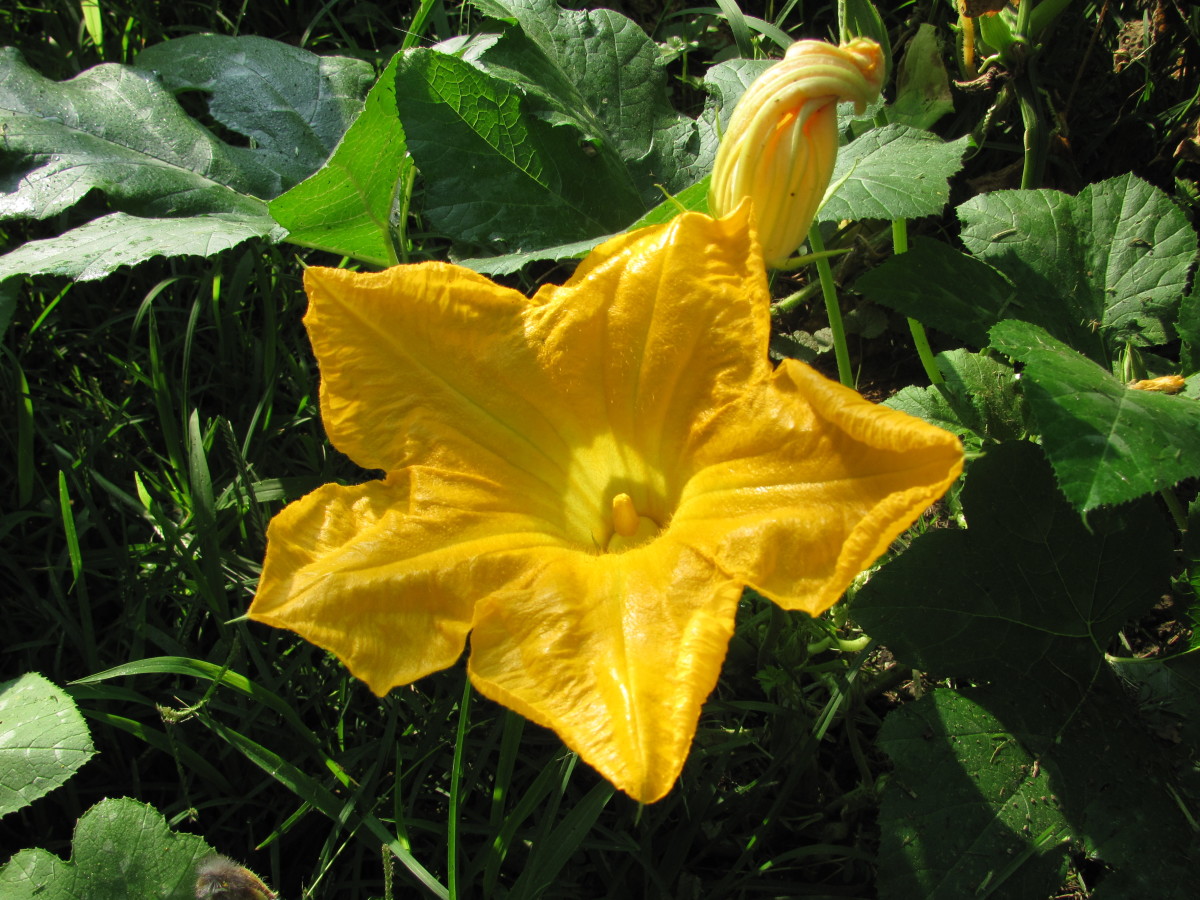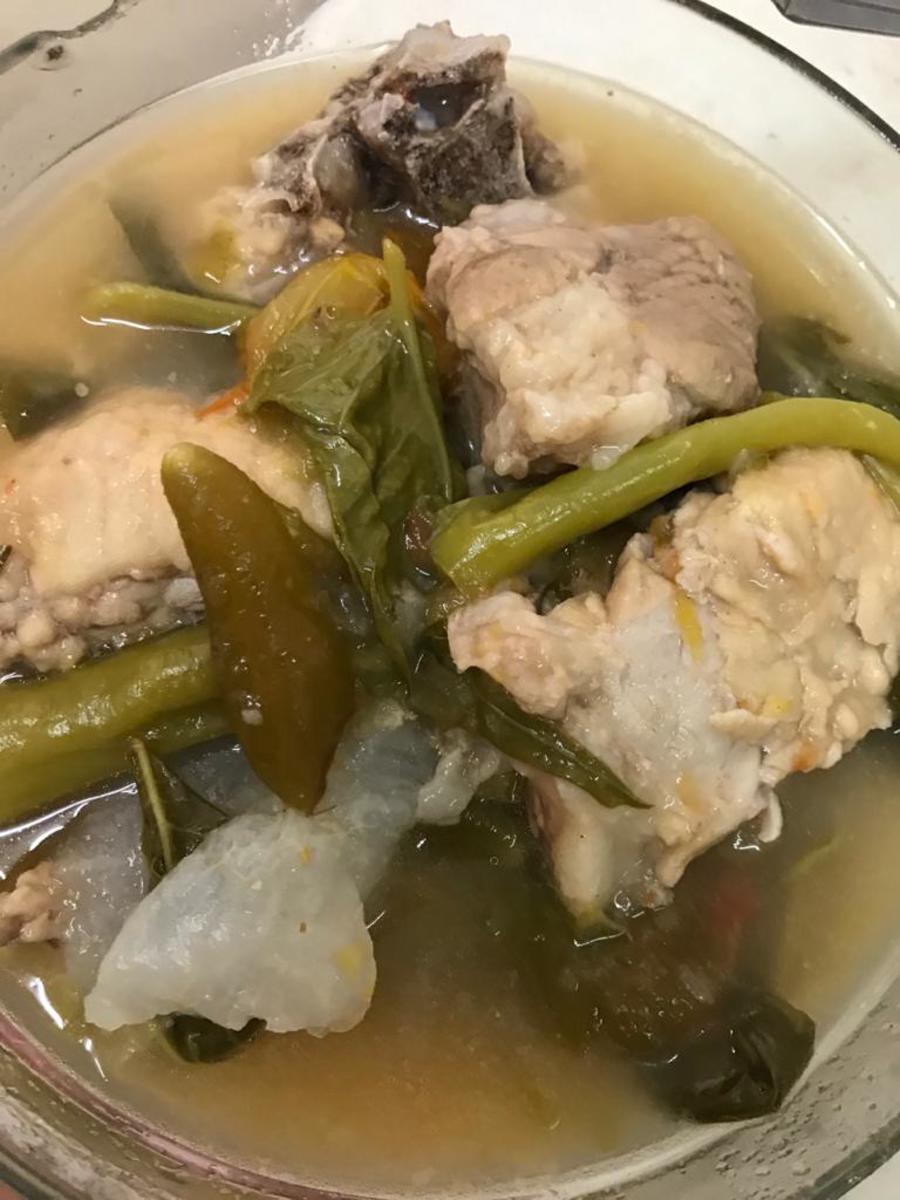Dill Pickles for Two
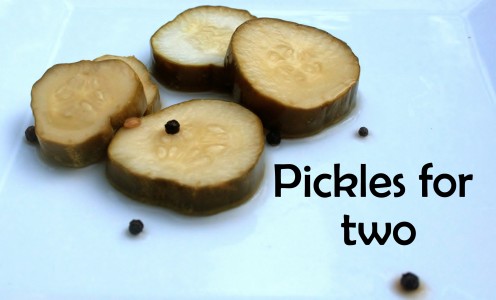
Refrigerator Pickles in Four Quick Steps
Making your own pickles is surprisingly easy.
- Clean 2 lbs. of young, small cucumbers.
- Slice them & place them in clean canning jars.
- Pour a boiling mixture of vinegar, water and spices over them.
- Seal the jars with rings and lids.
When they're cool, place the jars in the fridge, and enjoy homemade pickles (without artificial additives and preservatives) for up to two months or more.
Rate it!
Prep time will vary depending upon cleaning method
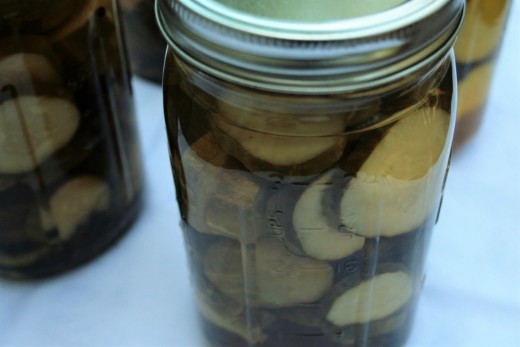
What you'll need
- 2 lbs. small, young cucumbers, sliced or quartered
- 2 cups water
- 1 cup white distilled vinegar, 5% solution
- 2 Tbsp. kosher salt
- 2 tsp. white granulated sugar
- 2 Tbsp. spices of choice, (See suggestions below.)
- 1 head garlic (optional), peeled whole
- 2 quart canning jars
- funnel
- 2 each lids and rings
Directions
- Place a large pot of water on the stove to boil. When it comes to a boil, place the jars, rings and lids in the water and boil for ten minutes.
- Meanwhile, clean the cucumbers using one of the methods described above and slice them.
- Remove the jars, lids and rings from the water and place on a clean cloth to cool.
- In a large saucepan, combine vinegar, water, sugar, salt and spices of your choice, and bring to a boil. If using apple cider vinegar, be aware that it will darken the pickles.
- Meanwhile, pack the jars with sliced cucumbers and, if using, garlic cloves.
- Pour the boiling vinegar mixture into the packed jars to cover the cucumbers.
- Top each jar with a lid and screw a ring onto each.
- Once cool, write the date on the lids, and place jars in refrigerator.
- Enjoy homemade pickles for up to two months or more.
Step 1: Clean
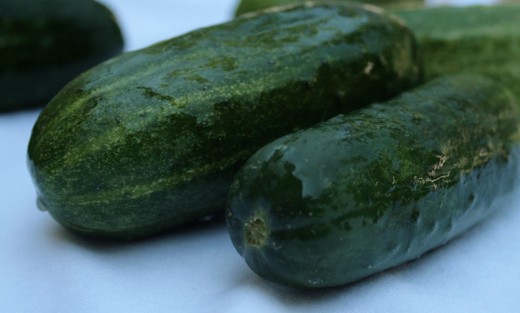
Wash the Cucumbers
Cleaning the cucumbers well is extremely important. Cucumbers, as well as other fruits and vegetables, are likely to be covered in pesticides and other chemicals no one should eat. (See the Environmental Working Groups "Dirty Dozen.")
Even if your cucumbers are organic, they are likely to have bacteria, parasites, insect eggs and droppings, and other contaminants on them.

Store-bought Wash
If you use a store-bought vegetable wash, such as Veggie Wash or Rebel Green's Fruit & Veggie clean, follow the directions on the label.
Homemade Clorox Bath
You can also detoxify the cucumbers with Clorox (sodium hypochlorite) using a method created by Dr. Hazel Parcells.
Fill your sink with a gallon of water, add one teaspoon of Clorox, and then soak the cucumbers in the mixture for 30 minutes. This will effectively remove parasites, bacteria, pesticides, etc. from the cucumbers.
A 30-minute Clorox bath also works well for other thick-skinned vegetables and fruits, like potatoes and apples. For thin-skinned produce, reduce the soaking time to 15 minutes.
Clean Jars, Lids and Rings
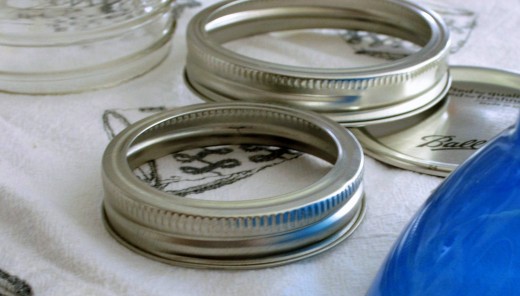
While the cucumbers are soaking, clean the canning jars and lids as well as the funnel you'll use when pouring the pickling solution into the jars.
Run the lot through the dishwasher or boil them in water for 10 minutes to sterilize them. The latter is per the recommendation of the National Center for Home Food Preservation.
Although sterilizing is not strictly necessary as the pickles will be refrigerated rather than preserved, I do it anyway, and it seems to extend the refrigerator life of our pickles.
Step 2: Slice
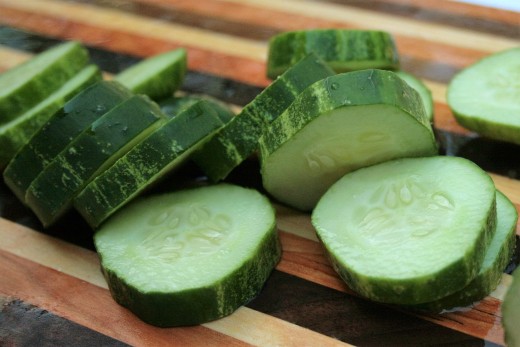
If the cucumbers are very small, you may leave them whole, merely trimming the ends.
However, for a more intense dill flavor, slice or quarter the cucumbers.
Cutting the cucumbers into smaller pieces allows them to soak up more of the pickling solution for a stronger "pickle" taste.
Step 3: Make the Pickling Solution
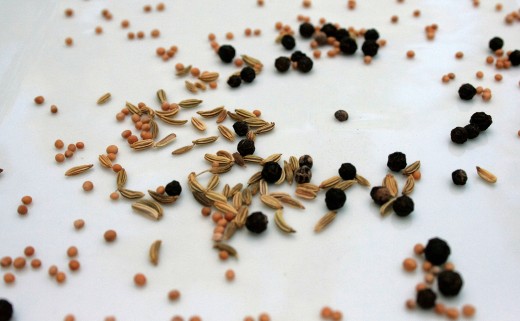
At its most basic, the pickling solution consists of four ingredients:
- water
- 5% solution vinegar
- white granulated sugar
- kosher salt.
You can experiment with this, adjusting the vinegar to water ratio if you like. In general, the more vinegar, the crisper and more tangy the pickle.
You may also try apple cider vinegar rather than white vinegar. Be warned, however, that apple cider vinegar will darken the color of the cucumber, giving it an amber color.
To the vinegar solution, add your favorite spices and bring the mixture to a boil before pouring over the sliced cucumbers.
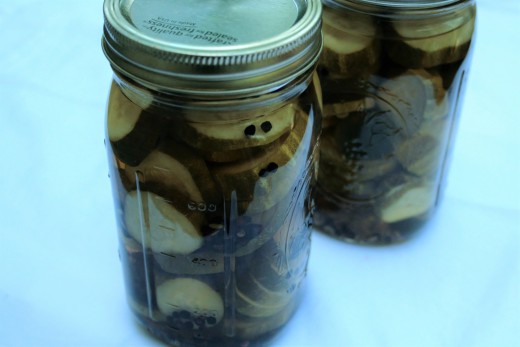
A Few Spice Mixtures to Try
It's fun to experiment with different spice mixtures. Here are a few of my favorites.
Five-Alarm Dills
For spicy pickles, try 1 Tbsp. whole peppercorns, 2 tsp. dill seed, 3/4 tsp. mustard seed and 1/4 tsp. red pepper flakes. (For even more of a kick, add a pinch of red pepper flakes and a pinch of turmeric— but not too much! Turmeric can be bitter.)
Add whole cloves of garlic to the sliced cucumbers before pouring the spicy pickling solution into the jars. If the garlic cloves are young, they may turn green or blue. This does not make them inedible; it's just a chemical reaction due to the high level of alliinase in them.
Spicy Dills
Add 1 Tbsp. peppercorns and 1 Tbsp. dill seed to the pickling solution as well as stalks of fresh dill. Pour over sliced cucumbers with whole garlic cloves added.
Licorice Dills
Add 1 Tbsp. peppercorns and 2 tsp. fennel seeds and 1 tsp. whole cloves to the pickling solution. If that too licorice-y for you, reduce the amount of fennel to 1 tsp. and add 1 tsp. of dill seed.
There are three teaspoons in a tablespoon.
Spices for Dill Pickles
Spice
| Flavor
|
|---|---|
Peppercorns
| hot and spicy
|
Dill Seed
| tangy
|
Fennel Seed
| licorice
|
Turmeric
| pungent, sometimes bitter
|
Garlic
| spicy
|
Mustard Seed
| hot
|
Red Pepper Flakes
| hot, pungent
|
© 2016 Jill Spencer
